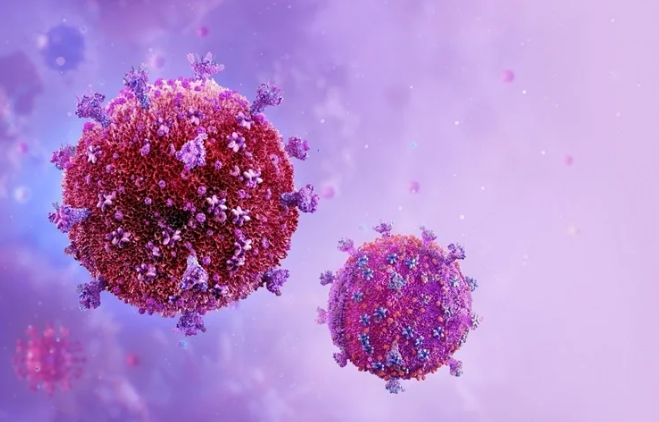Shandong Zhanhua Yonghao
News
Add: GENGJU VILLAGE NORTH ONE KILOMETER,,ZHANHUA DISTRICT,BINZHOU CITY,SHANDONG PROVINCE,CHINA.
+86-543-7596322
Recent Advancements in Treating HIV
Human immunodeficiency virus (HIV), the causative viral agent of acquired immunodeficiency syndrome (AIDS), is a devasting and lethal disease that has caused widespread suffering worldwide for almost half a century. We still have no cure for this disease. While those infected can expect to continue treatment throughout their lifetime, in recent times, there have been advancements in therapeutics.

Image Credit: Corona Borealis Studio/Shutterstock
Where are we with HIV today?
Human immunodeficiency virus (HIV) is the etiological agent that leads to acquired immunodeficiency syndrome (AIDS). Lifelong treatment is required, and there is currently no cure. The HIV virus cannot operate all by itself, so it not only sets up a home with the host cell but also takes advantage by exploiting its resources.
To achieve this feat, the virus must hijack the host's cellular machinery to evade detection by the immune system. HIV integrates its genome within the host chromosomal DNA. The provirus can then remain dormant within the host cell, where it persists for the entire life span of the infected cell. This latent virus can operate silently within the cell; its replication method renders it completely undetectable to the human immune system.
HIV DNA is detectable in CD4+ T cells in the blood and lymphoid tissue in nearly all cases of HIV infection. People with natural resistance to HIV who maintain a viral load of <50 copies/ml without any therapeutic intervention are known as ‘elite’ controllers. Those who exhibit remarkable resistance are called ‘exceptional’ controllers. These individuals have naturally been the focus of intense investigation for many years now for the clues they offer for finding a cure. And hope for such a cure was presented by a case study that involved an infected patient ––widely known as the ‘Berlin patient’ ––who underwent bone marrow transplantation courtesy of a donor who was naturally resistant to the virus.
What are the current therapies?
The introduction of daily combination antiretroviral therapy (cART) led to a significant drop in AIDS-related morbidities and mortality. Even so, a mechanism of HIV persistence today is the proliferation of cells that were infected prior to the introduction of ART. In addition, cART therapy comes with a whole host of problems, including premature aging, drug fatigue, toxicity, and inflammatory effects. These side effects exacerbate the incidence of other diseases, such as cardiovascular disease and chronic obstructive pulmonary disease (COPD).
To block HIV-1 before it finds an opportunity to integrate itself with the host chromosomal DNA, scientists have targeted key proteins involved in the replication cycle: reverse transcriptase (RT), integrase (IN), and protease. These enzymes are crucial in the development of modern-day antiretroviral drugs.
A recent advance in treatment that has proven promising has been the advent of integrase inhibitors. The process by which the virus integrates its genome within the host chromosomal DNA is controlled by an enzyme called integrase. This protein is highly conserved across the Retroviridae family. This means that the targeting of integrase entails the prevention of replication.

